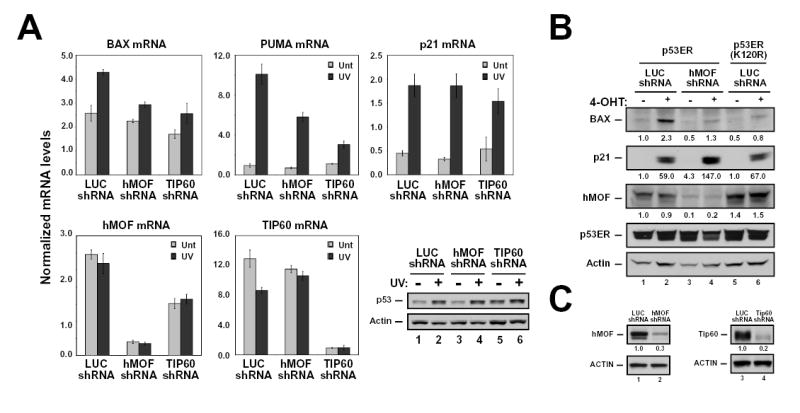Figure 6. Depletion of hMOF and TIP60 reduces the ability of p53 to induce BAX and PUMA.

(A) MCF-7 cells were infected with recombinant lentiviruses that express shRNA molecules directed against luciferase (control), hMOF, or TIP60. Seventy-two hours following infection, cells were treated with 25 J/m2 UV and then collected 16 hours thereafter. Harvested cells were divided into two aliquots. One aliquot from each treatment condition was harvested for RNA, which was converted to cDNA as described above. cDNA samples were then analyzed by real-time PCR with primers corresponding to the indicated genes. The other aliquot was lysed and subjected to western blot with the antibodies indicated (lower right panel). (B) H1299-p53ER and –p53ER-(K120R) cells were infected with lentiviruses expressing the shRNA molecules indicated. Seventy-two hours following infection, cells were treated with 100 nM 4-OHT or vehicle for 16 hours. Harvested cells were analyzed by western blot with the antibodies indicated. (C) Lentiviral shRNA vectors efficiently reduce protein levels for both hMOF and TIP60. H1299 cells were transfected with either FLAG-hMOF or FLAG-TIP60. Transfected cells were then split into 2 dishes and infected with recombinant lentiviruses expressing either luciferase (LUC), hMOF, or TIP60 shRNA molecules. Seventy-two hours following infection, cells were harvested, lysed and subjected to western blot with the indicated antibodies. Error bars represent standard deviation of three independent reactions.
